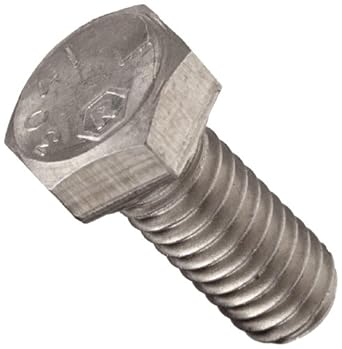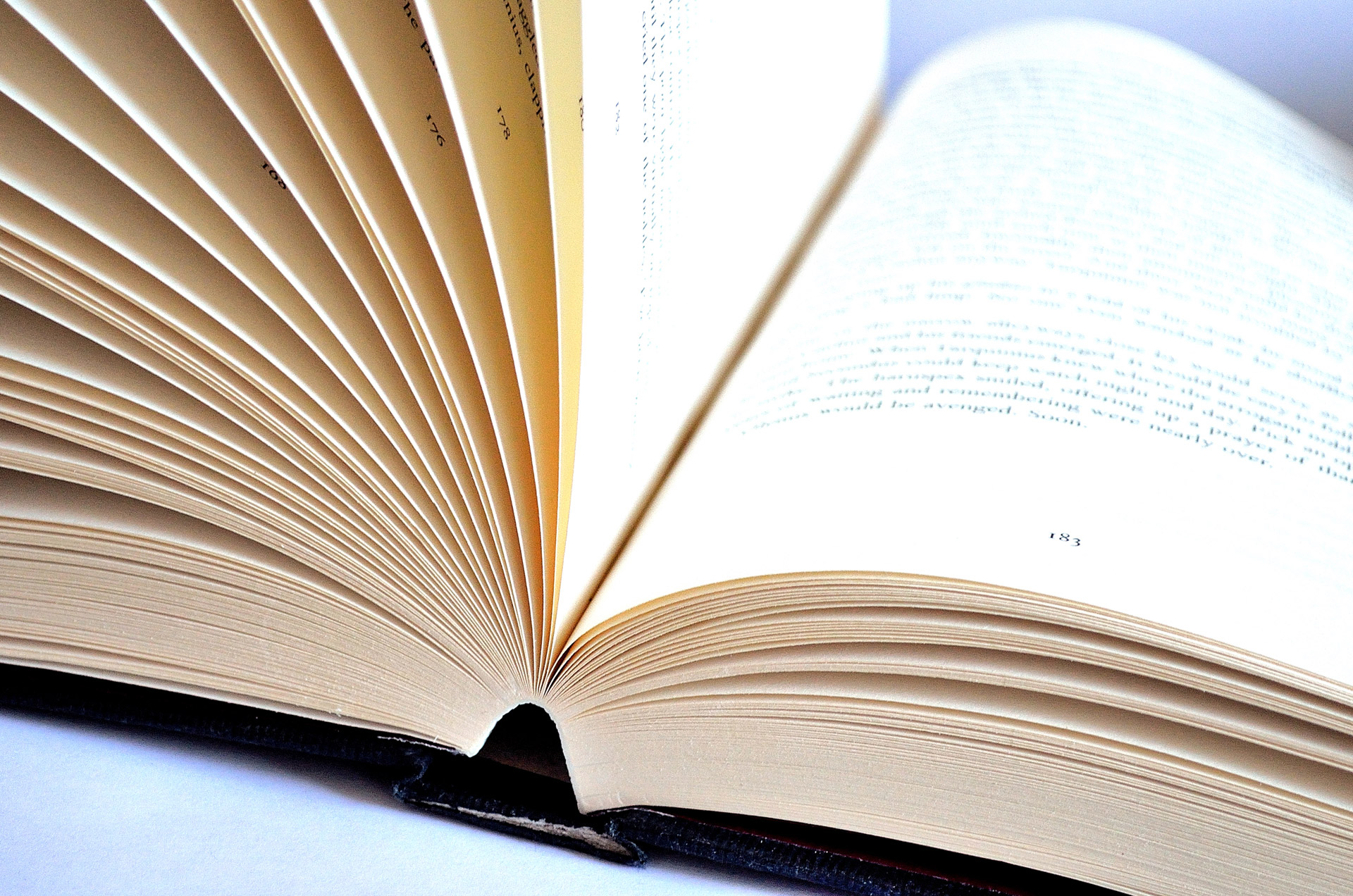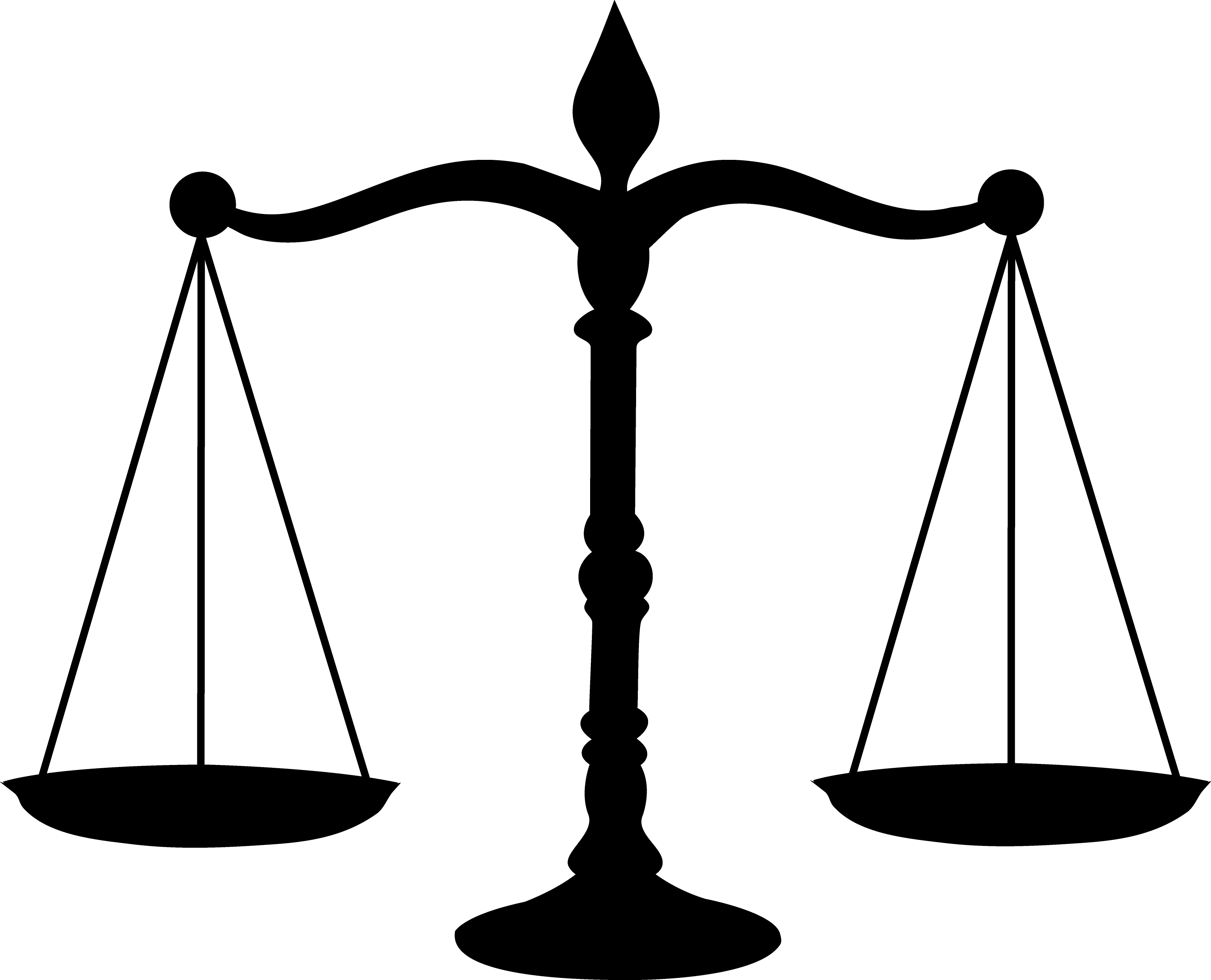Context
As someone who was born on within the last few years of the millennial generation, I use the internet a lot. I am continuously connected to the magic of the world wide web. Often I will be on one of my most frequented sites: Reddit.
Reddit is a unique website with an older look to it and for this story you need to know a few things about it. First, people post things, and other people can comment. Second, when people post they choose what subreddit they want to post in. Each subreddit is dedicated to a specific type of content. Users subscribe to the different subreddits that best suit their tastes, and as a result, each user gets a personalized stream of new posts about the things they like. Similar to how people follow others on Twitter to create their updated feed, users of Reddit subscribe to different subreddits.
Story
This story occurred a long time ago, but I only just found out about it recently.

Four years ago a user by the name of “maxstolfe” posted something in the GetDisciplined subreddit labeled “I just don’t care about myself.” It was a fairly long rant about life where “maxstolfe” complained about having no purpose, motivation, and in general felt like his life was meaningless, and he couldn’t make progress doing things he wanted to do.
In reply to “maxstolfe.” A user named “ryans01” created a masterpiece known now as No Zero Days. “Ryans01” essentially broke down a step by step plan for how to get from where you are now to where you want to go in life. What’s a zero day? I will let “ryans01” explain it.
“A zero day is when you don’t do a single thing towards whatever dream or goal or want or whatever that you got going on. Didnt’ do anything all day and it’s 11:58 PM? Write one sentence. One pushup. Read one page of that chapter. One. Because one is non zero. When you’re in the super vortex of being bummed your pattern of behavior is keeping the vortex goin, that’s what you’re used to. Turning into productivity ultimate master of the universe doesn’t happen from the vortex. It happens from a massive string of CONSISTENT NON ZEROS.”
This concept of a zero day was not only personally revolutionary for me, but it also became rather popular with the Reddit community. In fact, an entire subreddit was created for the topic. Now over 48,000 people are connected to this unique subreddit all joined in a commitment to become better people than who we were before.
For me, the concept of a zero day is what I think of when I need motivation. When I don’t want to get anything done, it’s late, and there is an assignment due tomorrow, I think about no zero days, and I get kicked into gear. Even if it’s not perfect work got done.
It’s crazy to think about a community larger than the undergrad class at University Park is coming together on a regular basis because of one man’s post four years ago. We are all capable of amazing things, but the only way to get them is by making sure we don’t have any zero days!
Now pardon me, but I have some more reading to do.



/TypingKeyboard-58a48dc33df78c4758a126f7.jpg)

